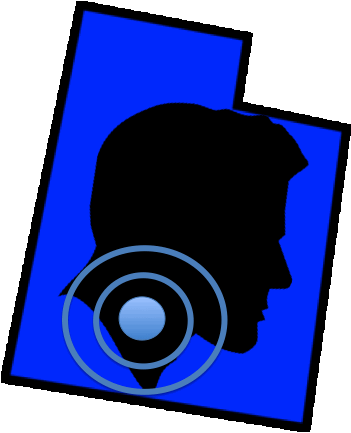Spasmodic Dysphonia
Spasmodic dysphonia is a type of dystonia (overactive muscle group) that affects the muscles in the larynx and leads to difficulty voicing. There are two types of spasmodic dysphonia, adductor and abductor spasmodic dysphonia. The adductor type comprises 90% of spasmodic dysphonia patients and represents the vocal cords spasming together on voiced vowels. A voice is typically identified as strained or strangled with frequent voice breaks. The abductor type comprises 10% of patients and is caused by vocal cords that spasm apart, which leads to a breathy voice that is most noticeable on voiceless consonants.
Although the dystonia affects the muscles of the vocal cords (a peripheral muscle group), the origin of the problem seems to lie within the central nervous system. This is why ingestion of alcohol, use of benzodiazepines, and bursts of emotion (laughter, crying) may momentarily relax and naturalize the voice.
The mainstay of treatment is botulinum toxin (Botox) injections into the vocal cords. After 2-3 days, the Botox takes effect and leads to a temporarily breathy voice which lasts for a few weeks. This is followed by a more relaxed voice which will last until the Botox wears off, usually about 4-5 months after the injection.
